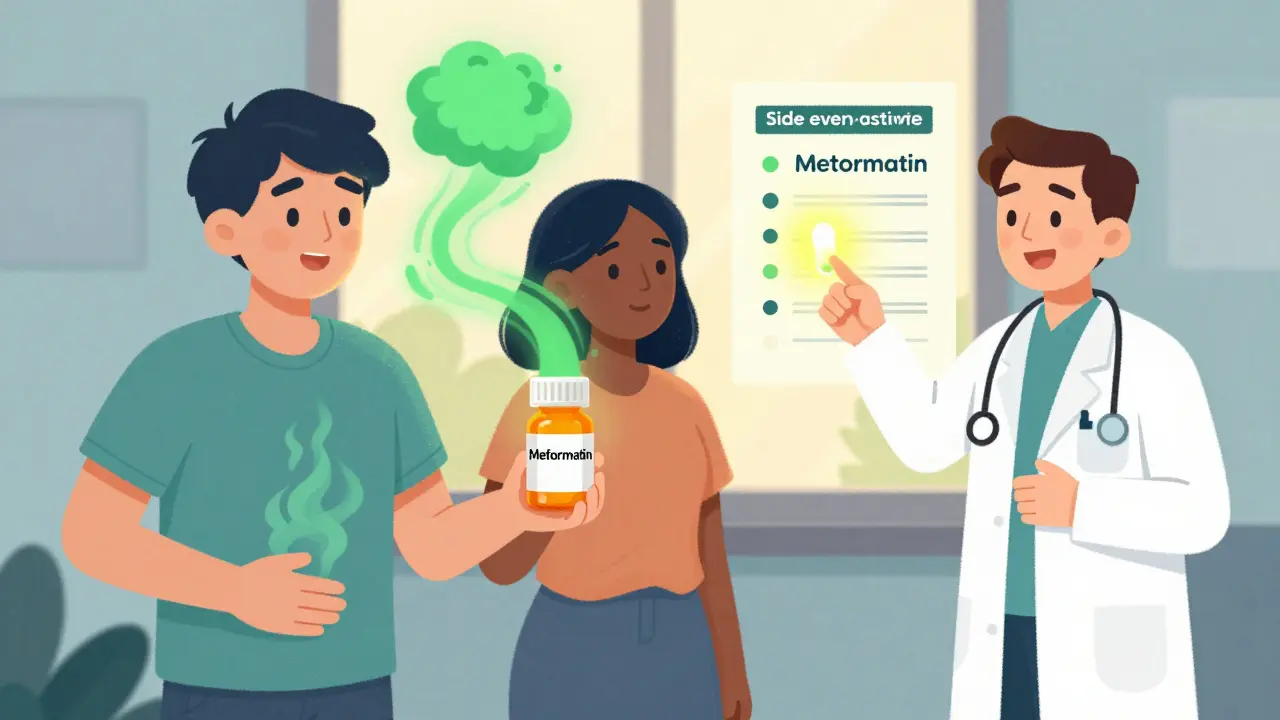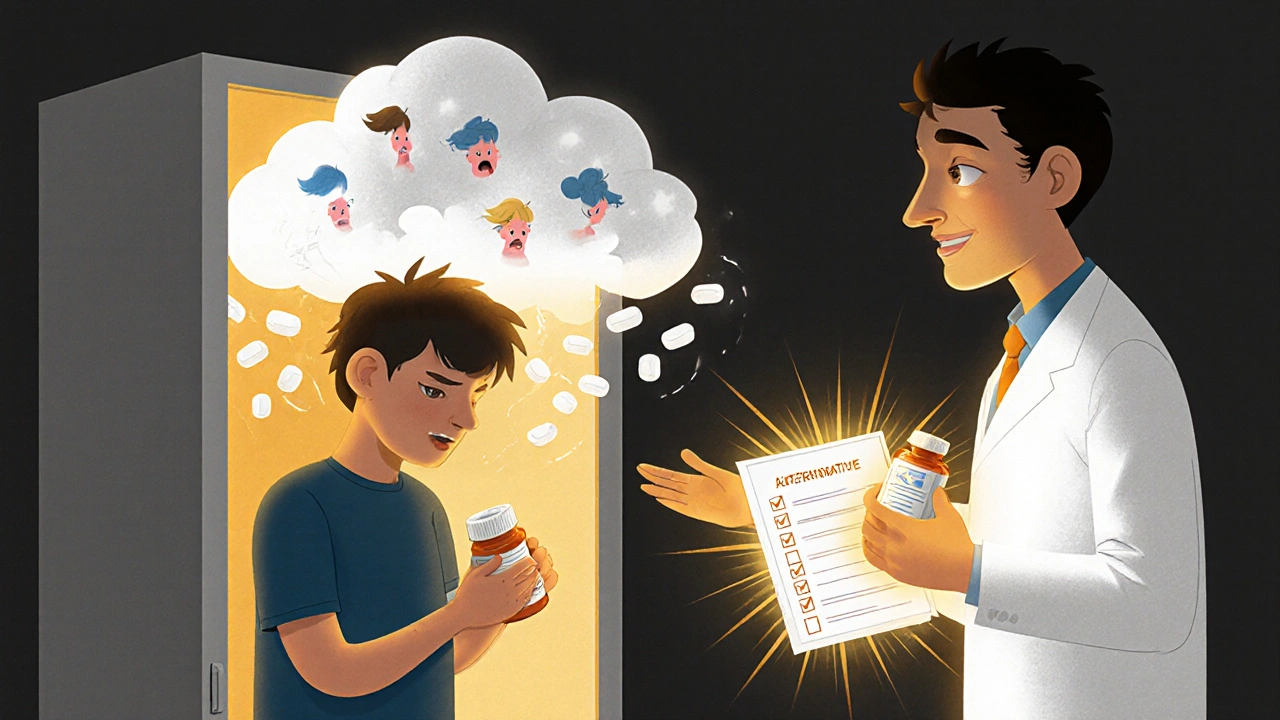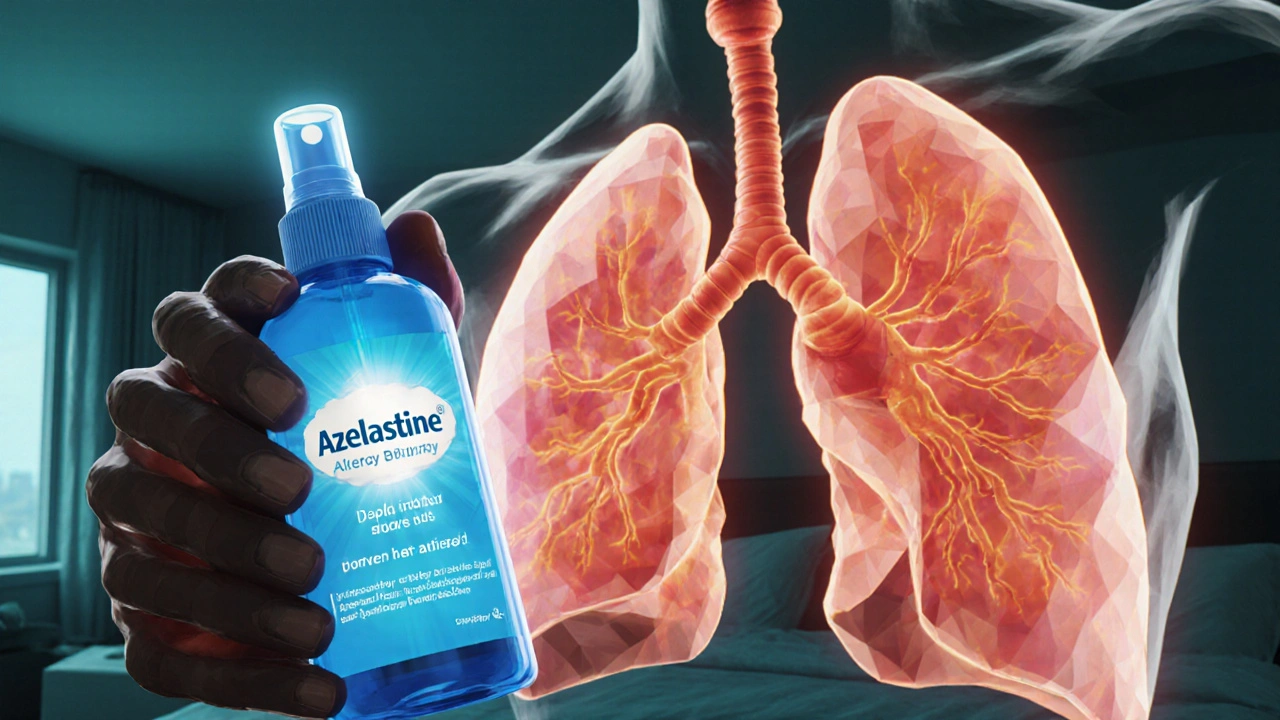Side effects: how to spot them and what to do
Side effects are part of using medicines, but you don’t have to be surprised by them. This page helps you recognize common and serious reactions, avoid dangerous mixes, and find reliable resources so you can act fast when something feels off.
Spot the warning signs
Start by reading the leaflet or online drug info before you take a new pill. Common side effects like nausea, headache, drowsiness, or mild rash usually show up early and pass in a few days. Watch for red flags: shortness of breath, chest pain, fainting, severe swelling, high fever, yellowing of skin or eyes, or sudden mood or thinking changes. If you see any of those, get urgent medical help.
Keep a quick log for new symptoms: date, time, dose taken, and exactly what happened. That record helps your doctor or pharmacist link the reaction to a specific drug, dose, or interaction.
Practical steps when side effects appear
If you get a mild side effect, don’t stop the medication unless the leaflet or your prescriber told you to. Instead, call your pharmacist or doctor and describe what you’re feeling. They may suggest a lower dose, a different schedule, or an alternate drug. For severe or sudden reactions, go to the emergency room or call emergency services right away.
When you have multiple meds, check for interactions. Some mixes raise the risk of serious side effects—like combining certain antidepressants with migraine drugs, or blood pressure meds with potassium-sparing diuretics. Ask your pharmacist to run a drug interaction check, especially when adding over-the-counter pills or supplements.
Special groups need extra caution: pregnant or breastfeeding people, older adults, kids, and people with liver or kidney disease. Those groups often need dose changes or different drugs. If you fall into one of these categories, say so before any prescription is written or filled.
Buying meds online? Make sure the seller lists side effects and interactions, and has a way to contact a pharmacist. Read our guides that cover safe online purchases and side effect checks—like articles on buying Aldactone, Montelukast, or Rizatriptan safely. Scammers often hide safety details, so prefer pharmacies that require prescriptions and show real contact info.
Report bad reactions. In many countries you can report adverse events to national drug safety agencies. Reporting helps identify rare but dangerous side effects and can protect others. Your pharmacist can help you file a report if you don’t know where to start.
Final tip: carry a short list of your regular medicines, allergies, and a note about any severe reactions you’ve had before. Keep it in your wallet or phone. That simple step speeds up care if you have a serious reaction and makes every healthcare visit safer.

Choosing Diabetes Medications Based on Side Effect Profiles
- by Colin Edward Egan
- on 18 Dec 2025
Choosing diabetes medications based on side effect profiles helps you find a drug you can stick with long-term. Learn how metformin, SGLT-2 inhibitors, GLP-1 agonists, and others compare in real-world tolerability and safety.

Side Effects and Medication Adherence: How to Stay on Track When Drugs Cause Problems
- by Colin Edward Egan
- on 26 Nov 2025
Side effects are the top reason people stop taking their meds-but they don’t have to. Learn how to manage discomfort, talk to your pharmacist, and stay on track with your treatment without quitting.

Ribociclib Explained: Key Role in Modern Breast Cancer Therapy
- by Colin Edward Egan
- on 21 Oct 2025
Ribociclib is a CDK4/6 inhibitor essential for hormone‑positive breast cancer treatment. Learn its mechanism, trial data, safety, and how it fits into modern therapy plans.

How Azelastine Relates to Bronchitis: Benefits, Risks, and Practical Tips
- by Colin Edward Egan
- on 15 Oct 2025
Explore how azelastine, an antihistamine nasal spray, interacts with bronchitis symptoms, its benefits, risks, and practical usage tips.

Primaquine: Malaria Cure, Dosage Guide, Side Effects & Safe Use
- by Colin Edward Egan
- on 24 Jun 2025
Discover how primaquine fights malaria, its pro tips for safe use, side effects, and how it’s become a game-changer in global malaria treatment.

Tetracycline: Uses, Side Effects, and Safe Antibiotic Practices
- by Colin Edward Egan
- on 12 Jun 2025
Discover everything you need to know about tetracycline, a widely-used antibiotic. This article breaks down what tetracycline is, how it fights infections, who should (and shouldn't) use it, side effects to watch out for, and tips for safe antibiotic practices. Stay informed to make smarter health decisions and avoid common pitfalls. Get details backed by real facts and advice you can apply in daily life.
